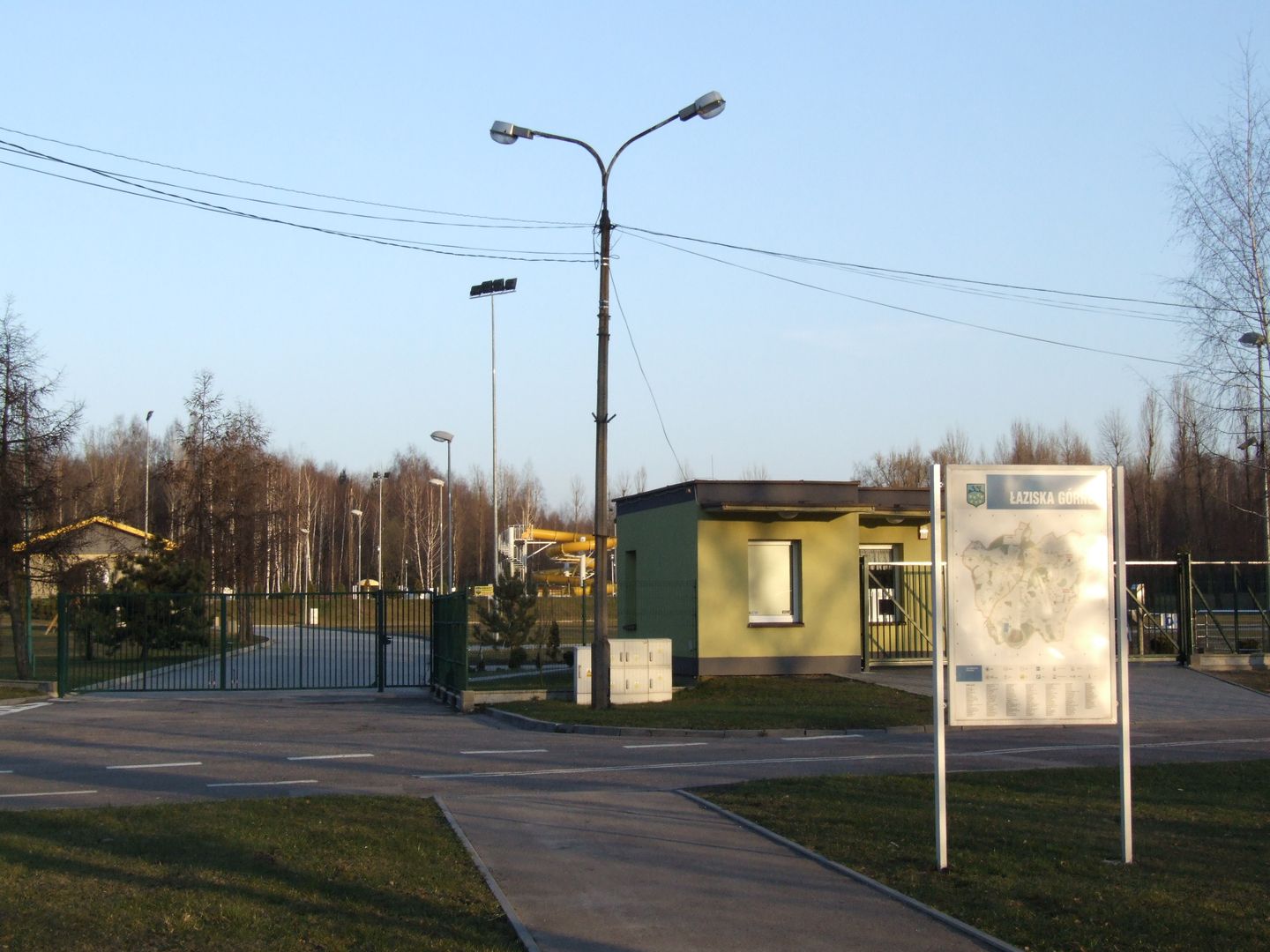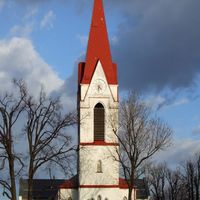Upper Łaziska
6.91

Overview
Łaziska Górne is a town in southern Poland, located in the Silesian Voivodeship, with a population of approximately 22,300 as of 2019. Situated at the southern edge of the Upper Silesian Industrial Region, it borders Mikołów and Orzesze, and its historical roots date back to 1287. The name "Łaziska" refers to areas where forests were burned to clear land for cultivation. The town's architecture includes eight listed monuments, such as the eclectic Church of Our Lady Queen of the Holy Rosary, the town hall built in 1927 in a functionalist style, and a rectory designed in the style of an early 20th-century Upper Silesian workers' house.
Łaziska Górne is heavily influenced by industry, particularly mining and energy, with the Łaziska Power Plant and the Bolesław Śmiały Coal Mine playing leading roles. Culturally, the town stands out with numerous sports associations like KS Polonia and MOSiR, which offer a wide range of disciplines, including handball, athletics, and sailing. Interestingly, Łaziska Górne also served as a stronghold of the Polish Socialist Party during the interwar period, and during World War II, it experienced rapid occupation by German forces and later by the Red Army. Despite these challenging times, the residents voted in favor of joining Poland in 1921. The town was granted city rights in 1951, and in 1973, all its districts were merged into a single urban entity.
Modern Łaziska Górne is characterized by well-developed transport infrastructure, including the dual-carriageway National Road 81 and a railway connection to Katowice. Its history is preserved in numerous monuments and expressions of local culture.
Location
You can also find here:
2025 Wizytor | All Rights Reserved
